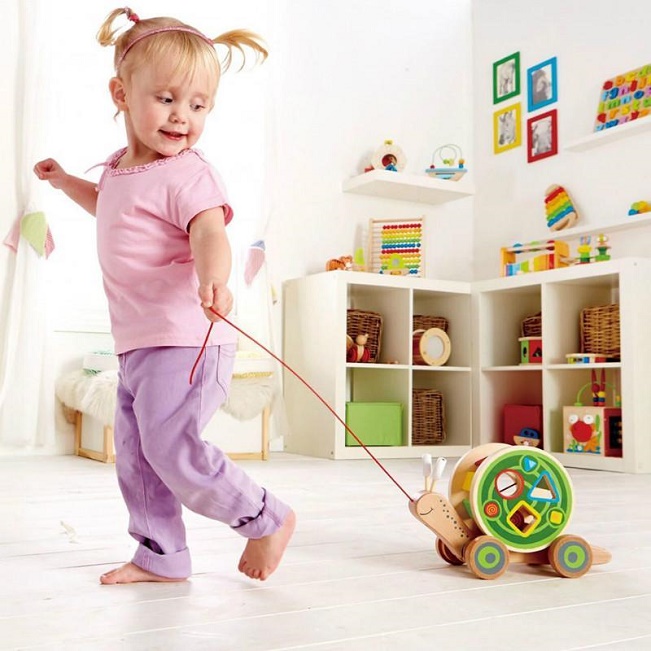If there’s one thing I can remember clearly and dearly about my childhood, it’s all the time spent playing; sometimes with my parents, grandparents, siblings, and other times on my own. Play was always on the daily schedule. I’m sure this goes for most of us, as it ought to be, because play, though it seems like mere fun, serves as a lesson as well, especially when it comes to proper child growth and development.
When I talk of this, I put the focus on hand-eye coordination, the basic for many essential skills in life. This is the ability to coordinate the eyes and hands movements, or in other words, the visual input for grasping, and reaching, something that’s crucial for eating as much as it is for writing, and reading. So, how can we as parents help out with the development and improvement of this skill? Simply: piling up on a different model of wooden block shape sorter!
The variety of shapes and colours brought together in the creation of the shape sorter designs are meant to stimulate sensory awareness which is bound to result in hand-eye coordination. This is even ideal for babies as old as four months, as long as you pay attention to smaller bits and pieces.

It’s important to encourage your baby to play, show how it’s done, help with the sorting of the wooden block shape sorter, then let your baby knock it down, to see what happens when in contact with an object. You can see success from the beginning when your baby starts putting objects in the mouth, getting to know things (the phase to be careful, and take away anything small that can fit into your baby’s throat).
Further, as your baby strengthens the muscles enough after learning how to sit on its own, reaching out for objects around, and gets to crawl, then walk, and run, you can involve games with balls, both throwing, and catching – games that are also connected with the hand-eye coordination. The next steps that would follow, as your child grows, would be the writing (minding not to write over the lines), and reading skills.
The success with these new skills leads to more skills of the sort, in the likes of tying shoelaces. Since we’re all different, you can’t know whether your child would improve quickly, or would require more time, so it’s important to lead by example, and of course, not leave out encouraging speech.
























